-
 Karina
Hi there! Welcome to my shop. Let me know if you have any questions.
Karina
Hi there! Welcome to my shop. Let me know if you have any questions.
Your message has exceeded the limit.

Night Vision Heroes Safeguarding Wildlife via Thermal Imagers
2025-10-28 09:36:39
1. Introduction
Wildlife worldwide faces severe survival challenges such as habitat destruction, illegal poaching, and climate change. Traditional field cameras and monitoring devices often disturb animals, disrupting their natural behaviors. In contrast, thermal imagers enable monitoring at greater distances, significantly reducing interference. This allows researchers to observe animals in their natural states, which is crucial for studying their behavioral patterns, habitat use, and interspecies interactions.
2. Advantages of Infrared Technology
1) 24/7 Monitoring Capability: Unaffected by day/night cycles, rain, snow, or jungle obstructions, enabling continuous operation in extreme environments.
2) Non-intrusive and Concealed: Requires no visible light or human intervention, avoiding disturbance to animals’ natural behaviors and ensuring the authenticity of monitoring data.
3) Efficiency and Accuracy: Automatic trigger shooting and intelligent recognition functions greatly reduce labor costs. Some systems can transmit data in real-time, shortening the research cycle.
4) Anti-interference Ability: Penetrates heavy fog, dense forests, and other complex environments to accurately locate targets.
3. Four Core Roles of Thermal Imagers in Wildlife Conservation
1) Nocturnal Observation and Protection: Thermal imagers capture animals’ thermal radiation in harsh environments like nighttime and strong light, enabling 24/7 round-the-clock monitoring. This breaks the time constraints of conservation work, helping to clearly track animal activities and living habits and providing support for research and protection efforts.

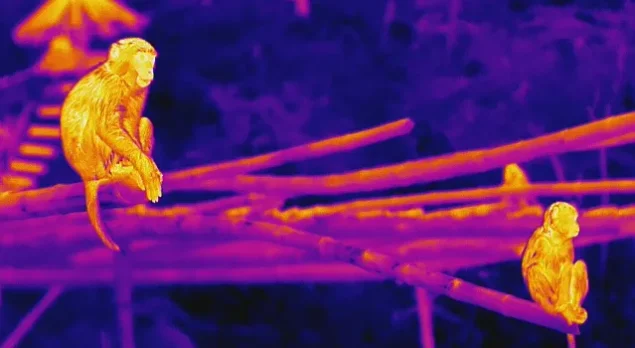
2) Research and Data Analysis: They collect data on animals’ body temperature, size, and activity patterns, aiding in understanding their physiological needs, health status, and behavioral habits. Long-term data accumulation and analysis help grasp population dynamics, providing a scientific basis for formulating conservation strategies.
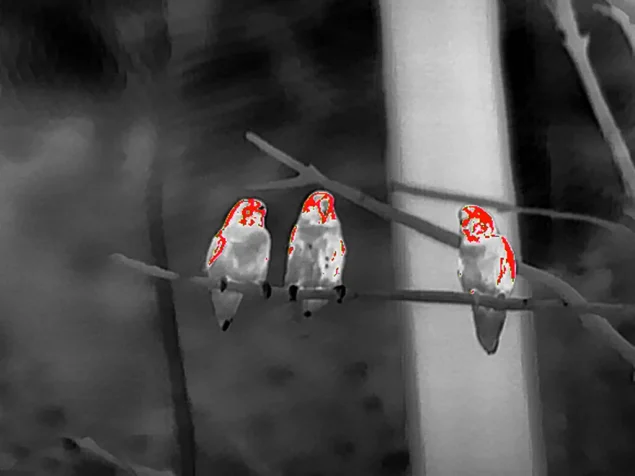
3) Environmental Protection and Sustainable Development: No additional lighting is needed, so conservation work does not disturb or damage the natural environment. This aligns with the concept of sustainable development, balancing species protection with habitat preservation.
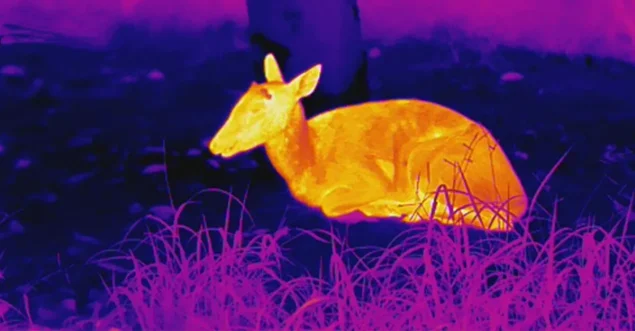
4) Anti-poaching Operations: They can penetrate darkness and haze to detect nocturnal poachers and identify camouflaged or hidden individuals. Combined with AI analysis, they provide early warnings and track perimeter intrusion behaviors. Additionally, they help anticipate poachers’ numbers and equipment in advance, ensuring the safety of conservation staff and effectively curbing illegal hunting.
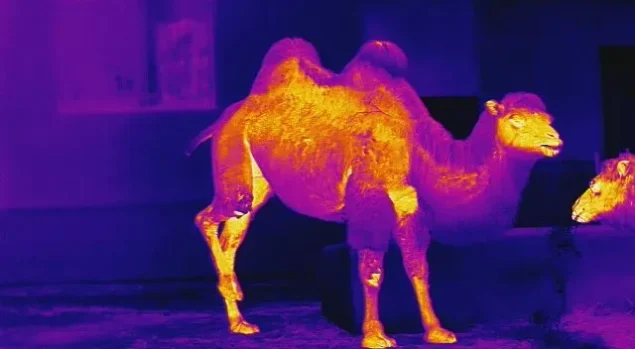

4. Product Recommendations
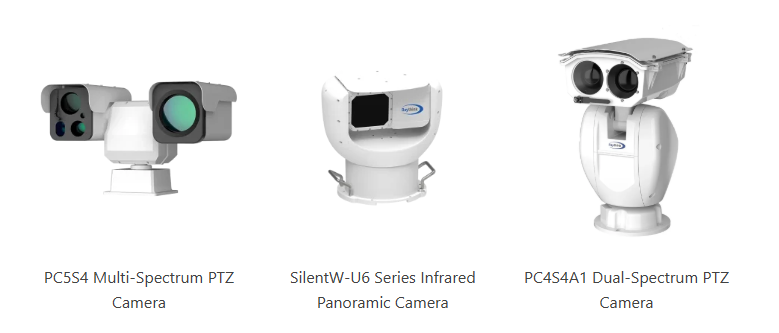
5. Conclusion
Using thermal imaging cameras for field wildlife conservation is an efficient, accurate, and reliable method. Flint Technology continues to assist conservation personnel in observing wildlife, providing better protection for the survival and reproduction of wildlife. We actively promote and apply thermal imaging camera technology to work together in protecting wildlife in our shared global home.
Tags: Thermal Imager, Wildlife protecting

